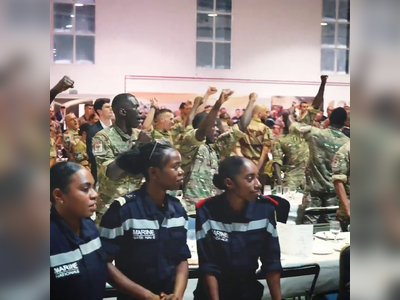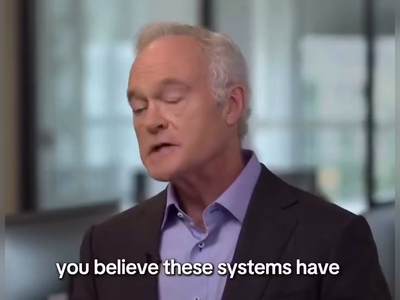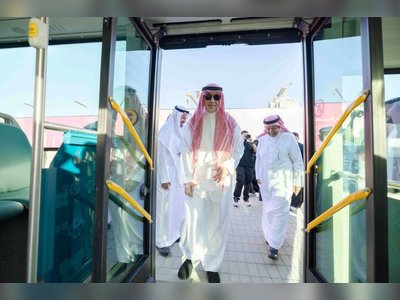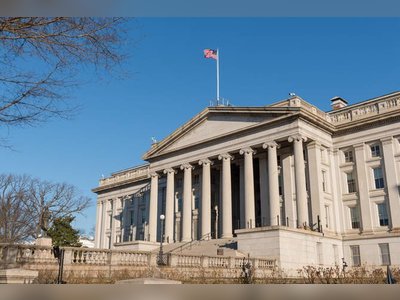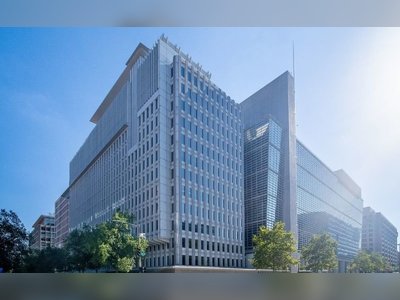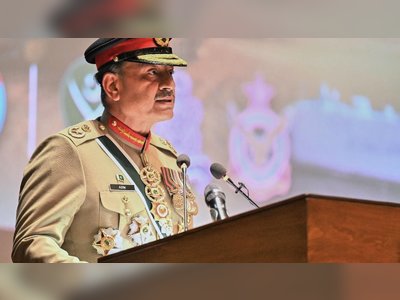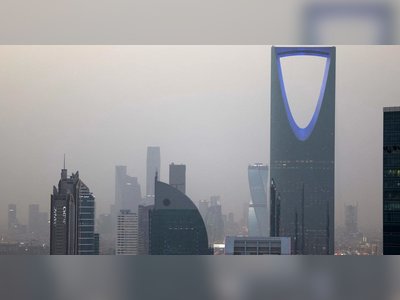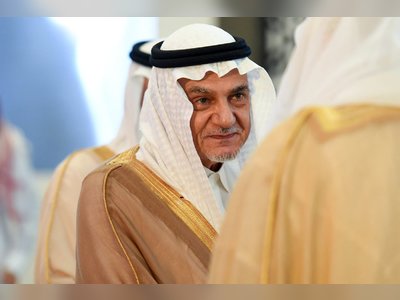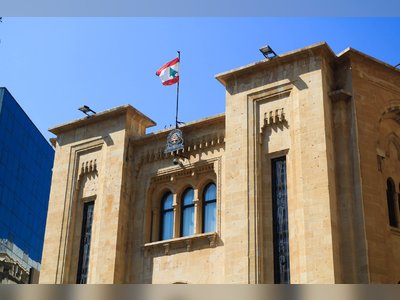
Iran: Recurring Uprisings Expose Tehran’s Twisted Priorities and Tenuous Hold on Power
Their fears were quickly compounded by the people’s resilience in the face of harsh government crackdowns. Although thousands of arrests and dozens of killings led to the initial uprising being fractured before the end of 2018, it also sparked a series of more local anti-government demonstrations that the opposition leader Mrs. Maryam Rajavi referred to as “a year full of uprisings.”
Tehran remains committed to imposing severe consequences on those who participated in uprisings, challenging mullahs’ 40 years of oppression. This is evidenced by the September 12 execution of Navid Afkari. The 27-year-old champion wrestler, a highly popular figure in Iran, was arrested for attending protests in the city of Shiraz in August 2018. His case garnered international headlines after it became clear that he was tortured into providing a false murder confession despite the complete absence of evidence supporting the accusation. But Iran’s judiciary dismissed all appeals for a re-trial, and apparently accelerated his death sentence in hopes of moving past the controversy.
The implementation of that sentence was surely important to the mullahs because Afkari’s high-profile status allowed for him to be used as a warning to all ordinary private citizens. One appeal to save his life, signed by nearly 50 Iranian professional athletes, noted that the regime has a long history of this sort of conduct, as it “cannot tolerate popular figures” who speak out against the theocratic system. That intolerance only increased in the two years between Afkari’s arrest and the confirmation of his death sentence, as public unrest grew into yet another nationwide uprising during that time.
The sequel to the first uprising took place in November 2019, as people in over 200 cities and towns flooded the streets after the announcement of a sharp increase in the price of gasoline. The second uprising immediately took up the defining slogans of the first, including “death to the dictator” and other explicit calls for regime change. In January 2018, the regime’s Supreme Leader Ali Khamenei attributed those slogans to the organizing efforts of the People’s Mojahedin Organization of Iran (PMOI-MEK). Nearly two years later, the leading democratic opposition group proved that its influence had not diminished in the face of escalating government crackdowns.
For that reason, Iranian authorities are still warning of the potential for even more popular uprisings. Some of those warnings have been echoed by state media such as the Arman daily newspaper, which published an article on Sunday clarifying how MEK-led opposition activities are still being fueled by economic discontent and the absence of compensatory measures by Iranian officials. “The economic pressure that lower social classes endure is unbearable,” that editorial said. “We should be careful that they do not lose their tolerance because this could have social and security consequences.”
Without a doubt, the clerical regime is aware of the explosive situation created by that hardship. Yet their response to recent unrest remains entirely focused on suppressing public expressions of dissent and trying to disrupt the organized Resistance movement, rather than taking steps to lessen that hardship. And while the regime’s officials would certainly like to deflect blame for their inaction onto the effects of US sanctions, this just doesn’t stand up to scrutiny.
The National Council of Resistance of Iran (NCRI) has made concerted efforts over the years to reveal some of the ways in which Tehran could improve the people’s welfare if doing so was a priority. It has pointed out that the supreme leader and the Islamic Revolutionary Guard Corps (IRGC) each control hundreds of billions of dollars in assets, but refuse to apply them to social problems such as runaway inflation or the still-uncontrolled coronavirus outbreak.
In a recent speech to a global audience of supporters, NCRI President-elect, Mrs. Maryam Rajavi argued that the very existence of the IRGC is proof of the regime’s content for its people. That paramilitary operates in parallel with the regular Iranian armed forces while controlling vast swaths of the country’s private sector, and its activities are split evenly between domestic repression and the support of terrorism outside Iran’s borders. That dual role, according to Mrs. Rajavi, comes with “astronomical expenses” that are needlessly imposed on a people who have been suffering since long before the recent increase in US sanctions.
Addressing a portion of her remarks directly to the mullahs in Tehran, Mrs. Rajavi said, “If you do not intend to crack down on the public, stoke wars and export terrorism, one army should be sufficient for you.” But in their own comments to state media, those mullahs have occasionally acknowledged that they consider the IRGC indispensable specifically because it provides a counterbalance to growing challenges to their power by the Iranian Resistance.
In an interview with state television, armed forces spokesperson Abolfazi Shekarchi noted that the IRGC was expected to defend the “ideological frontiers” of the Islamic Revolution both at home and abroad. Domestically, the main focus of that mission is the MEK which Shekarchi said the regime “must confront” before it further undermines public confidence in the ruling system.
But it seems fair to say that this ship has already sailed. The two recent, nationwide uprisings and countless associated protests make it absolutely clear that resentment for that system permeates every province, every ethnic and religious group, and every type of community in Iran. What is more, the regime’s recurring crackdowns on the anti-government movement, together with its previously unheard-of acknowledgment of the MEK’s leading role, make it equally clear that the popular unrest is an existential threat to the mullahs’ regime.
Prior to the uprising of December 2017 and January 2018, the regime’s official position regarding the MEK was taking some failed measure to present the MEK a “grouplet,” incapable of mustering the sort of popular support that would allow it to lead the transition to a democratic system of government. The difference between the regime’s former bravado and their current anxiety is as plain as night and day. Thus debunks mullahs’ years of futile efforts of minimizing the MEK’s impact on the Iranian society.
At the start of the current Iranian calendar year, Khamenei urged his thugs and militias to keep watch over student protests, lest the world catch wind of the youth’s embrace of the MEK’s regime change platform. In advance of the emerging “third wave” of coronavirus infections, regime’s officials and think tanks noted that the regime’s mishandling of the public health crisis was likely to provide fuel for another uprising whenever the people no longer feel that the danger of infection outweighs the danger of targeted crackdowns b regime authorities.
Before that uprising emerges, the international community has an opportunity to acknowledge the tenuous nature of the mullahs’ hold on power, and to prepare themselves for an historic showdown between them and the Iranian people.
